Has SriLankan Revolutionized Aircraft Maintenance with AMOS NewGen MRO System?
Abhishek Nayar
07 May 2024
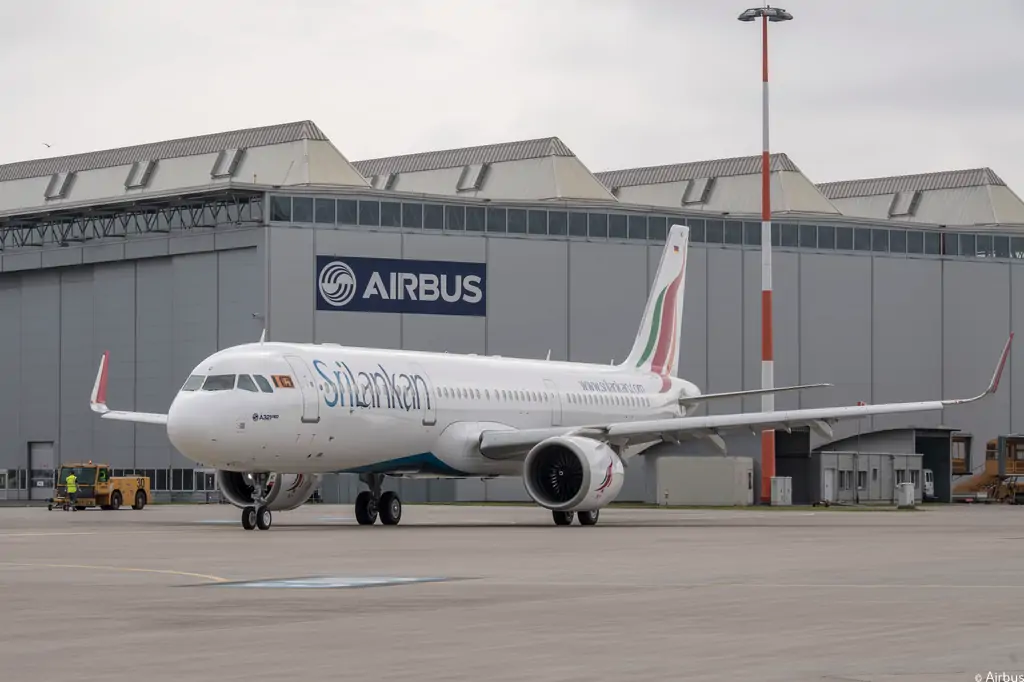
SriLankan Airlines has embarked on a significant modernization endeavor by integrating the AMOS NewGen MRO System, developed by Swiss-AS, into its aircraft maintenance operations. This strategic move reflects the airline's commitment to embracing cutting-edge technology to enhance efficiency and uphold safety standards in Maintenance, Repair, and Overhaul (MRO) activities.
A Game-Changing Collaboration
The collaboration between SriLankan Airlines and Swiss-AS signifies a pivotal shift in the approach to aircraft maintenance management. By leveraging the capabilities of AMOS, SriLankan Engineering aims to streamline processes, optimize resource utilization, and ultimately deliver superior service to its customers.
"The integration of AMOS is a transformative step for SriLankan Airlines. It's not just about upgrading our systems; it's about revolutionizing the way we conduct aircraft maintenance," says Arjuna Kapugeekiyana, Head of Engineering at SriLankan Airlines.
Transitioning to Advanced Technology
Transitioning from legacy systems to the advanced AMOS platform was a meticulous process that demanded extensive planning and execution. Over the course of several months, the integration of AMOS involved navigating the complexities of data migration and system implementation.
"This transition represents a significant milestone for us. It required meticulous planning and coordination to ensure a seamless integration," remarks Kapugeekiyana.
Realizing the Digital Vision
For SriLankan Airlines, the adoption of the AMOS NewGen MRO System represents a significant step towards realizing its digital vision. By embracing digitalization and automation, the airline aims to optimize processes, reduce operational costs, and enhance overall efficiency.
"Implementing AMOS is not just about adopting new technology; it's about transforming our entire approach to aircraft maintenance," emphasizes Chamara Perera, Group Head of Information Technology at SriLankan Airlines.
Sophisticated Features and Functionalities
The AMOS platform offers a comprehensive suite of sophisticated features and functionalities designed to meet the complex demands of modern aircraft maintenance operations. From inventory management to scheduling and tracking, AMOS provides real-time visibility and control over critical assets and resources.
"AMOS provides us with the tools we need to make informed decisions and optimize our maintenance processes," explains Kapugeekiyana.
Proactive Resource Planning
One of the key advantages of the AMOS system is its ability to facilitate proactive resource planning. By accurately forecasting manpower and material requirements, SriLankan Airlines can minimize downtime, reduce Aircraft on Ground (AOG) occurrences, and maintain optimal inventory levels.
"With AMOS, we can proactively plan our resources and ensure that we have everything we need to keep our fleet operational," says Kapugeekiyana.
Empowering Engineers and Technicians
The AMOSmobile/EXEC software extension empowers engineers and technicians at SriLankan Airlines by providing them with a user-friendly, mobile solution for managing maintenance tasks. With features such as electronic work instructions and digital sign-offs, the AMOSmobile app streamlines workflows, reduces paperwork, and improves collaboration across teams.
"The AMOSmobile app has revolutionized the way our engineers and technicians conduct maintenance tasks. It's made their jobs easier and more efficient," notes Perera.
Conclusion
The integration of the AMOS NewGen MRO System marks a significant milestone in SriLankan Airlines' journey towards digital transformation. By embracing advanced technology and innovative solutions, the airline is redefining the future of aircraft maintenance management, driving efficiency, reducing costs, and ensuring the highest standards of safety and quality. With the collective expertise and dedication of its team, SriLankan Airlines is poised to lead the way in shaping the future of aviation maintenance.
Read next
Alaska Air Group, amidst the aftermath of a temporary grounding of its 737 MAX 9 jets, has announced a substantial boost in compensation from Boeing. The aviation giant has issued $61 million in supplier credit memos, supplementing the $162 million cash compensation received earlier.
This development follows a series of events triggered by a mid-air cabin panel blowout experienced by an Alaska Airlines-operated MAX 9 jet in January. Let's delve deeper into the implications of this compensation and its significance for both Alaska Air Group and Boeing.
Alaska Air Group's Compensation
In the wake of the temporary grounding initiated by the U.S. Federal Aviation Administration (FAA), Alaska Air Group faced significant financial repercussions. The grounding affected 171 of its 737 MAX 9 aircraft for approximately three weeks. To address the financial strain incurred during this period, Boeing has extended $61 million in supplier credit memos to Alaska Air Group. These memos are earmarked for future purchases from Boeing, offering a strategic advantage to the airline.
Boeing's Response to the Incident
Boeing's proactive stance in compensating affected airlines underscores its commitment to customer satisfaction and safety. Notably, Alaska Air Group is not the sole beneficiary of Boeing's compensation efforts. United Airlines, another prominent customer, faced similar challenges following the grounding of its 737 MAX 9 fleet.
United temporarily suspended service on all 79 of its MAX 9 aircraft, incurring a staggering $200 million hit in the first quarter. In response, Boeing has initiated compensatory measures to alleviate the financial burden borne by United Airlines.
Implications for Alaska Air Group and Boeing
The injection of $61 million in supplier credit memos into Alaska Air Group's coffers signifies a significant financial reprieve for the carrier. These memos not only mitigate the immediate financial strain but also empower Alaska Air Group to make strategic investments in future aircraft acquisitions from Boeing. Moreover, Boeing's swift and substantial compensation reflects its commitment to restoring trust and fostering long-term partnerships with its customers.
For Boeing, the compensation initiative represents a proactive approach to crisis management and customer relations. By promptly addressing the financial damages incurred by its customers, Boeing aims to safeguard its reputation and reinforce its commitment to safety and quality standards. Additionally, the issuance of supplier credit memos serves as a strategic move to ensure continued business collaboration and loyalty among its clientele.
Conclusion
The recent announcement of $61 million in supplier credit memos from Boeing marks a significant milestone in Alaska Air Group's journey to recovery from the temporary grounding of its 737 MAX 9 jets. This injection of funds not only alleviates immediate financial strain but also positions the carrier for strategic growth opportunities.
Furthermore, Boeing's proactive compensation measures underscore its dedication to customer satisfaction and partnership. As both Alaska Air Group and Boeing navigate the aftermath of the MAX 9 grounding, this episode serves as a testament to the resilience and adaptability of the aviation industry in overcoming challenges and fostering sustainable growth.
With Inputs from Reuters
Read next
Southwest Airlines, renowned for its customer-centric approach and operational efficiency, finds itself navigating through turbulent skies yet again. The airline, heavily reliant on Boeing aircraft, grapples with the repercussions of Boeing's ongoing safety crisis and delayed deliveries, necessitating strategic adjustments to mitigate financial strain and overstaffing.
Boeing's Lingering Crisis
Since the infamous mid-air cabin panel blowout incident on an Alaska Air flight in January, Boeing has been embroiled in a crisis that reverberates throughout the aviation industry. For Southwest Airlines, this crisis translates into substantial challenges, with the original plan of receiving 20 Boeing aircraft this year slashed to a mere fraction of that.
Southwest's Response: Pilot Hour Reductions
In response to the conundrum posed by delayed Boeing deliveries, Southwest Airlines unveils a proactive strategy: offering reduced hours and monthly pay to its pilots. This approach, while aimed at curbing costs and avoiding furloughs, serves a dual purpose of ensuring compliance with the stringent requirements set forth by the U.S. Federal Aviation Administration (FAA).
Striking a Balance: Flexibility Amidst Uncertainty
The decision to implement reduced hours for pilots underscores Southwest's commitment to adaptability amidst uncertainty. By maintaining a pool of qualified pilots while simultaneously trimming financial outlays, the airline positions itself to swiftly ramp up operations as Boeing deliveries normalize and demand rebounds.
Pilot Union Perspective
Casey Murray, head of the Southwest Airlines Pilots Association (SWAPA), sheds light on the ongoing dialogue between the pilot union and the company. While discussions regarding Boeing's delivery delays are underway, the union anticipates forthcoming deliberations concerning overstaffing. SWAPA remains a key stakeholder in shaping the outcome of these negotiations, advocating for the interests of Southwest's 12,000 pilots.
Broader Cost-Cutting Measures
Beyond pilot hour reductions, Southwest Airlines adopts a multi-faceted approach to cost-cutting. This includes discontinuing operations at select airports, scaling back presence in markets like Chicago and Atlanta, and halting non-essential hiring. Moreover, the airline extends voluntary unpaid time-off opportunities to ground operations staff, call center employees, and flight attendants, further aligning labor costs with operational realities.
Conclusion
As Southwest Airlines navigates through the turbulence induced by Boeing's safety crisis and delayed aircraft deliveries, strategic adjustments become imperative. By implementing pilot hour reductions and embracing broader cost-cutting measures, the airline demonstrates resilience and adaptability in the face of adversity. As the industry continues to evolve, Southwest remains committed to upholding its legacy of operational excellence while charting a course towards sustained viability and growth.
With Inputs from Reuters
Read next
Lufthansa, a stalwart of the aviation industry, finds itself grappling with heavy losses in the first quarter of 2024. The German flag carrier reported an adjusted operating loss of EUR849 million euros (USD909 million), more than triple its loss from the same period in 2023. The primary culprits? Strikes and wage disputes that have rattled the company's operations and bottom line.
Strikes Take a Toll, Rising Costs and Falling Yields
The impact of strikes on Lufthansa's operations cannot be overstated. With a staggering EUR350 million (USD374 million) directly attributed to strike-related disruptions, the airline faced an uphill battle in maintaining operational efficiency and customer confidence. The strikes not only led to financial losses but also contributed to a 2.5% decrease in yields, as uncertainty among customers deterred high-priced last-minute bookings.
Despite a 5% increase in revenue and a 12% rise in passenger numbers, Lufthansa struggled to offset rising unit costs, which rose by 2.9% year-on-year. The combination of increased expenses and decreased yields exacerbated the airline's financial woes, underscoring the need for immediate cost-cutting measures and operational recalibration.
Navigating Towards Stability and A Glimmer of Hope
In response to the turbulent start to the year, Lufthansa has paused all new projects and initiated a reassessment of its administrative staffing needs. These measures aim to mitigate operating costs and restore profitability in the face of persistent challenges. Group CFO Remco Steenbergen remains optimistic about achieving stable unit cost development for the year, despite the setbacks incurred during the first quarter.
Chairman and CEO Carsten Spohr strikes a hopeful tone, emphasizing the conclusion of long-term wage agreements with most employees as a crucial step towards planning certainty and clarity. With strong demand projected for the summer and a commitment to expanding premium customer offerings, Lufthansa is poised to capitalize on opportunities for growth and recovery.
Looking Ahead and Conclusion
While the second quarter may witness a dip in operating results due to short-term effects from wage disputes and delays in aircraft deliveries, Lufthansa remains resilient in its pursuit of sustainable profitability. The resolution of wage negotiations with ground handlers and flight attendants signals a positive trajectory, laying the groundwork for smoother operations and enhanced employee satisfaction in the years to come.
As Lufthansa navigates through turbulent skies marked by strikes and financial turbulence, the airline remains steadfast in its commitment to overcoming challenges and charting a course towards profitability. With strategic measures in place and a renewed focus on operational efficiency, Lufthansa is poised to weather the storm and emerge stronger in the ever-evolving landscape of the aviation industry.
With Inputs from ch-aviation
Read next
In a move signaling a strategic shift, Air India, now under the stewardship of the Tata Group, has announced a reduction in its free cabin baggage allowance for certain fare segments on domestic flights. This decision, part of the airline's menu-based pricing model introduced last August, reflects a broader strategy aimed at revitalizing the fortunes of the erstwhile loss-making carrier.
Fare Families Concept and Changes in Cabin Baggage Allowance
The introduction of fare families, comprising Comfort, Comfort Plus, and Flex categories, marks a departure from the traditional one-size-fits-all approach. Each fare family offers distinct benefits and fare restrictions, empowering passengers to tailor their travel experience according to their preferences and requirements.
Effective May 2, passengers booking the lowest economy fare segment under the Comfort category will now have a reduced cabin baggage allowance of 15 kilograms, down from the previous 20 kilograms. Similarly, the Comfort Plus category sees a reduction to 15 kilograms from 25 kilograms. However, the Flex category continues to offer a generous allowance of 25 kilograms.
Rationale Behind the Decision and Customer-Centric Approach
Air India asserts that the implementation of fare families is a response to evolving customer preferences and market dynamics. By offering differentiated fare options, the airline aims to provide greater flexibility and value to its passengers. The decision to adjust cabin baggage allowances aligns with this broader strategy of catering to diverse traveler needs.
The spokesperson for Air India highlights the rationale behind the fare families, emphasizing that passengers can now select fares and services that best align with their preferences. For instance, the price disparity between Comfort Plus and Flex fares is justified by additional benefits such as extra baggage allowance and flexibility in change or cancellation policies.
Strategic Imperatives and Tata Group's Revival Plan
The introduction of fare families is not merely a reactive measure but a proactive strategy informed by customer feedback and comprehensive market research. It underscores Tata Group's commitment to revitalizing Air India's operations and enhancing its competitiveness in the aviation landscape.
The reduction in cabin baggage allowance is part of Tata Group's broader agenda to revive Air India's fortunes following its acquisition from the government in 2022. This ambitious endeavor encompasses a range of initiatives aimed at streamlining operations, enhancing service offerings, and strengthening the airline's market position.
Conclusion
Air India's decision to adjust cabin baggage allowances underscores the airline's commitment to adapting to changing consumer preferences and market dynamics. As part of Tata Group's ambitious revival plan, these strategic initiatives are poised to reshape the airline's trajectory, positioning it for sustained growth and competitiveness in the dynamic aviation industry.
With Inputs from Business Standard
Read next
Is Go First, once a promising player in India's aviation landscape, now just a memory? As the dust settles on its turbulent journey, let's delve into the events leading to its potential demise.
A Recap, Legal Battles and Deregistration Woes
In a startling move on May 3, 2023, Go First, backed by the esteemed Wadia Group, ceased operations, sending shockwaves through the Indian aviation industry. Filing for voluntary insolvency, the airline signaled a troubled path ahead.
The subsequent legal battle saw the Delhi High Court's directive to deregister 54 Go First aircraft, a pivotal blow to the airline's survival prospects. Despite hopes of a revival, the court order compounded the challenges faced by Go First.
Nitin Sarin's Insight and Experts' Perspectives
Aviation legal expert Nitin Sarin sheds light on the precarious position of Go First, hinting at slim chances of resurrection. With the clock ticking and legal avenues narrowing, the airline's fate hangs by a thread.
Aviation experts echo a somber sentiment, emphasizing the long-standing issues plaguing Go First. Sanjay Lazar, CEO of Avialaz Consultants, highlights pre-existing challenges exacerbated by the Pratt & Whitney engine debacle, pushing Go First to the brink.
Wadia Group's Stance, Market Perceptions, Asset Light Model and Lender Dilemma
Despite being under the Wadia Group's umbrella, Go First's fate seemed sealed, according to Lazar. Questions linger about the group's commitment to salvage the airline, with doubts cast on the viability of current bids.
Vinamra Longani of SGI Aviation underscores the pitfalls of an asset-light airline model, with Go First's insolvency serving as a cautionary tale. Lenders face tough decisions amid dwindling prospects, contemplating potential liquidation to mitigate losses.
Unprecedented Closure, Impact on Travelers and The Road Ahead
Mark D Martin of Martin Consultancy emphasizes the unprecedented nature of Go First's closure, attributing it to severe aircraft groundings. He criticizes lessors' actions, lamenting the impact on Indian travelers and the thousands affected by job losses.
With June 3, 2024, marking the culmination of the IBC extension, the fate of GoFirst rests in the hands of the Committee of Creditors. As stakeholders weigh their options, the aviation industry braces for the aftermath of this seismic event.
Conclusion: Navigating Uncertain Skies
As Go First stands at the crossroads, its journey serves as a cautionary tale of the challenges inherent in the aviation sector. Whether it rises from the ashes or succumbs to market forces remains to be seen. One thing is certain: the story of Go First is emblematic of the turbulence defining India's aviation landscape.
The saga of Go First prompts reflection on the resilience of airlines amidst adversity. As stakeholders await the final verdict, the question lingers: Has Go First reached its final destination, or does a glimmer of hope still flicker in the horizon? Only time will tell.
With Inputs from CNBC TV18

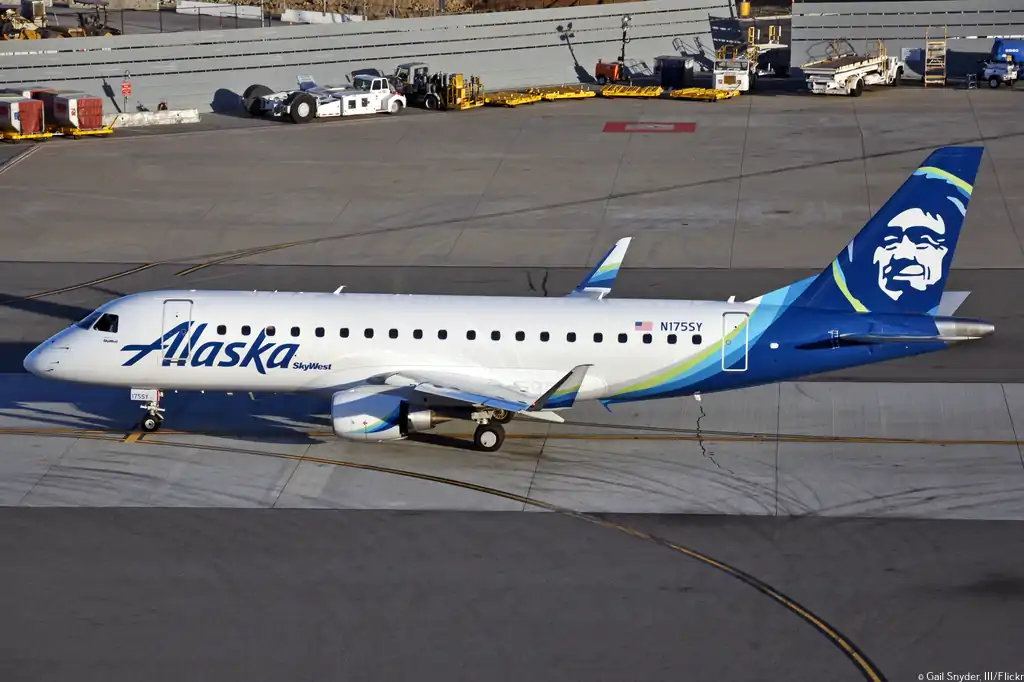

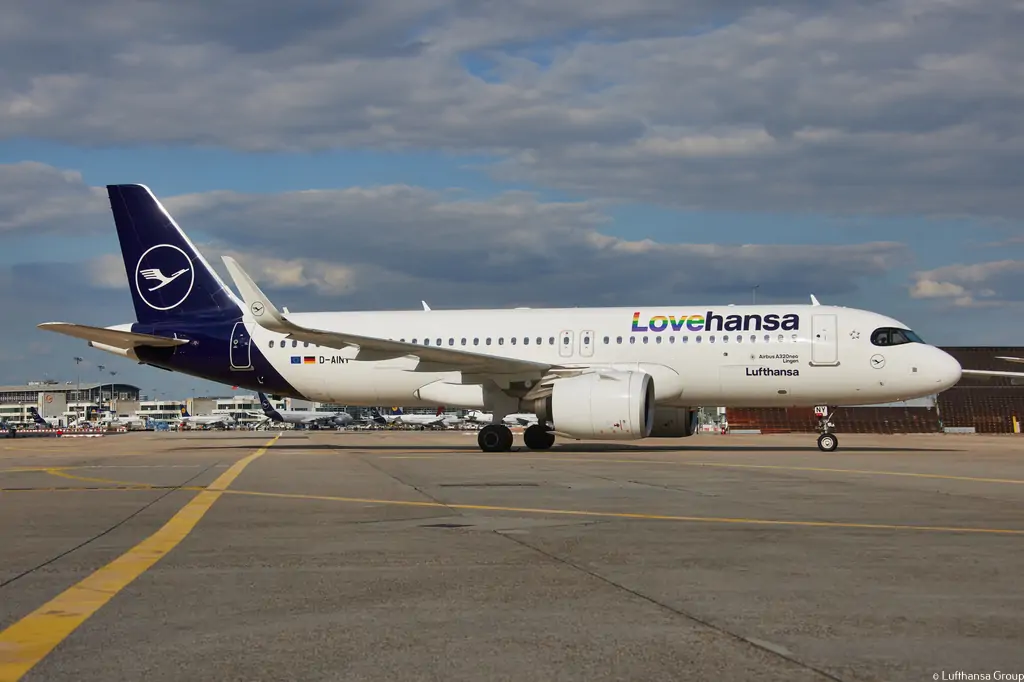
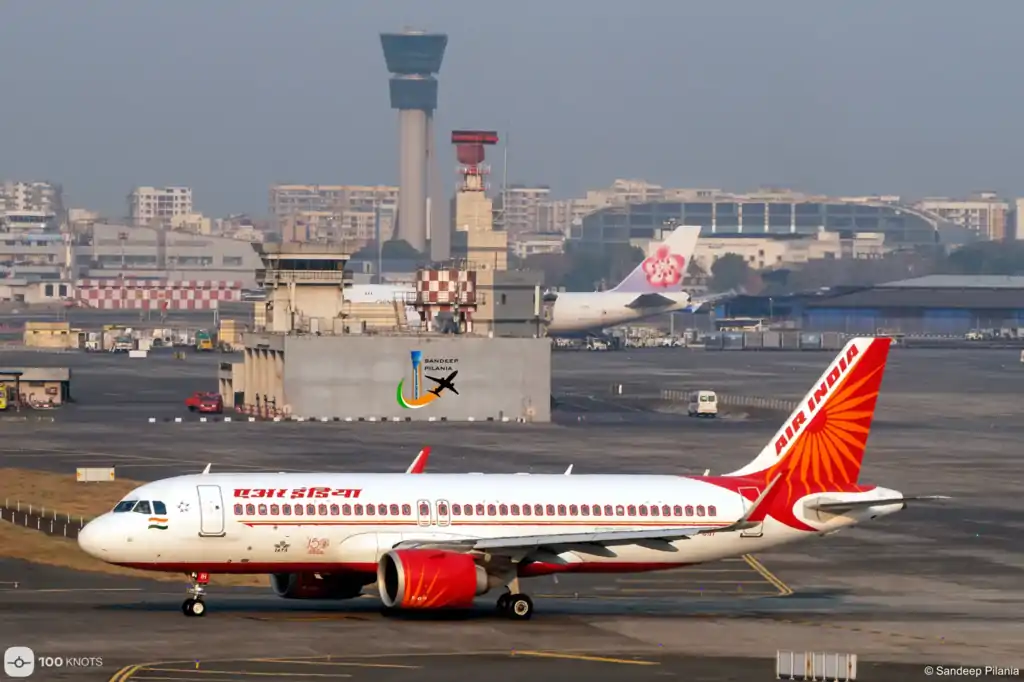
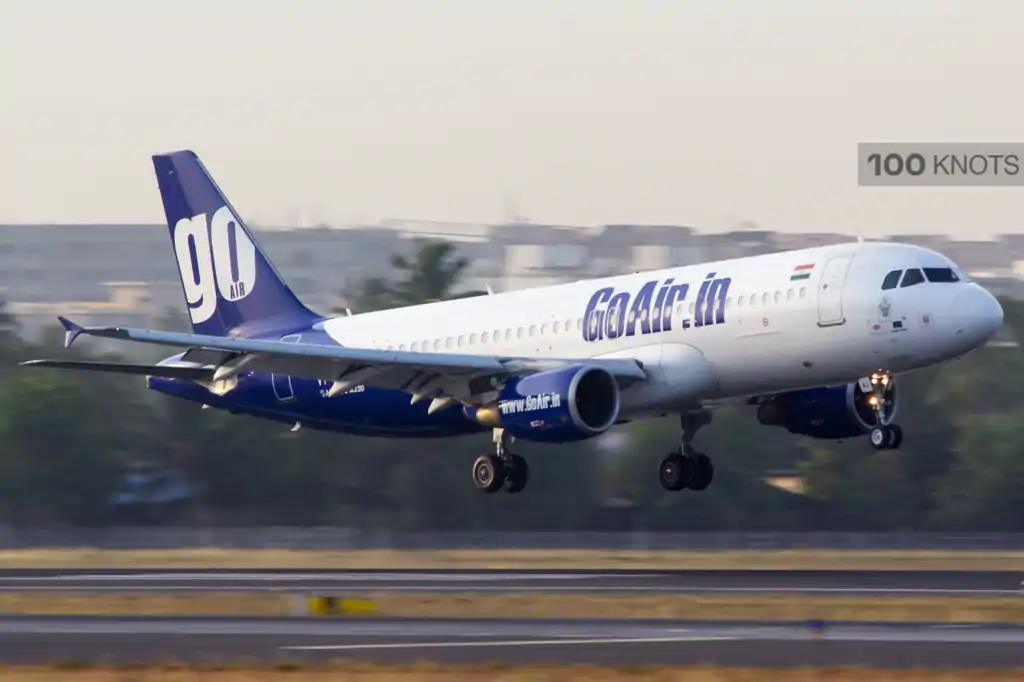
Comment